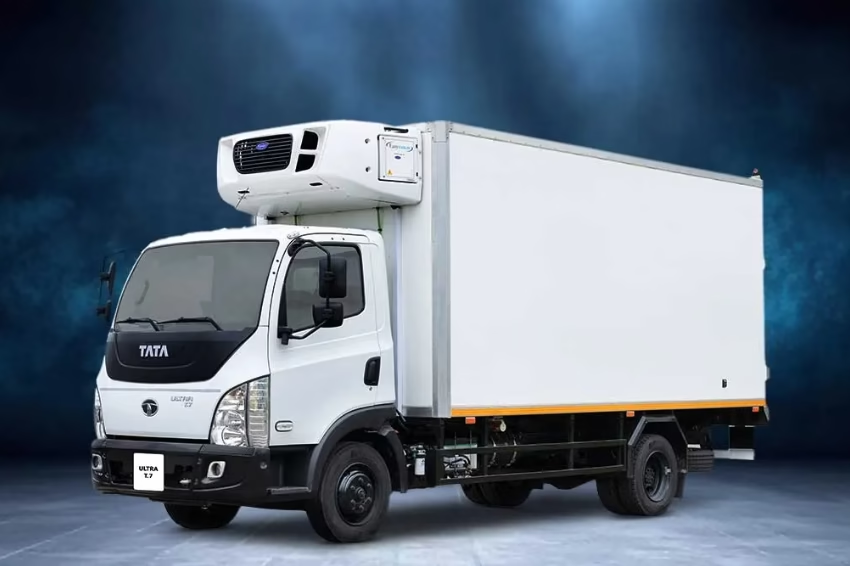Have you ever wondered why some products take longer to move from producer to consumer and why special categories of goods often cost more than others? The answer is closely related to the cost of transportation. That’s because things like very large machinery, refrigerated assets, fragile products, cargo that requires high security, and hazardous materials all call for special handling.
Understanding the difference between logistics and supply chain management can also increase your overall understanding of the specifics. In the transport sector, the term special handling typically means a longer delivery timeline and a higher shipping cost. There are hundreds of products that fit the traditional definition, but most of them fall into one of five categories. Here are the relevant details about each one.
Large Equipment
Some industrial equipment can’t be broken down into small component parts. Instead, special trucks are used to move giant pieces of machinery from place to place. Often, a large truck can only haul a single piece of a massive crane, aeronautical engine, or construction component. That means haulers must drive very slowly and use escort cars in front and back when they travel on highways.
Refrigerated Assets
A large number of trucks you see on interstate highways are carrying food, medical supplies, and other materials that must be refrigerated. Trucks that carry these goods are called reefers, and they occupy a very special place in the transport industry. For example, the most valuable tool fleet managers have is a versatile reefer monitoring system that makes legal compliance, location tracking, status monitoring, and cost-effective control as simple as can be. Software solutions are essential for companies that transport refrigerated cargo, and few businesses could survive without them.
High Security Cargo
For assets that need extra levels of security, travel times are often very long, and per-mile transport expenses are high. This category includes many kinds of military equipment, proprietary devices and components used in the computer industry, precious metals, and other items that often need 24/7 security escorts and high-end camera monitoring every step of the way.
Fragile Goods
One reason fragile items often come with higher price tags than other consumer goods are that it costs more to move them from production facilities to retail buyers. Vast numbers of glass products must be shipped via fragile only carriers. Additionally, drivers often get extra training to carry these types of assets on open highways for long distances. Insurance also adds to retail prices, and delivery times tend to be longer for highly fragile pieces of equipment and household decorations of all types. Retail buyers should keep in mind that it’s not just transportation that adds to price tags but the extra packaging and shipping materials that are required for delivery by mail.
Hazardous Materials
Hazardous materials, like radioactive or highly flammable substances, are literally in a class of their own. Federal transportation authorities have detailed regulations about dozens of different sub-categories within this grouping. All require specially trained drivers, custom vehicles, multiple permits, extra insurance coverage, and constant monitoring. Vehicular accidents and inclement weather conditions can lead to spills and explosions that cause massive public harm. Any company that transports haz-mat cargo should expect to face intense regulatory and industry scrutiny.






